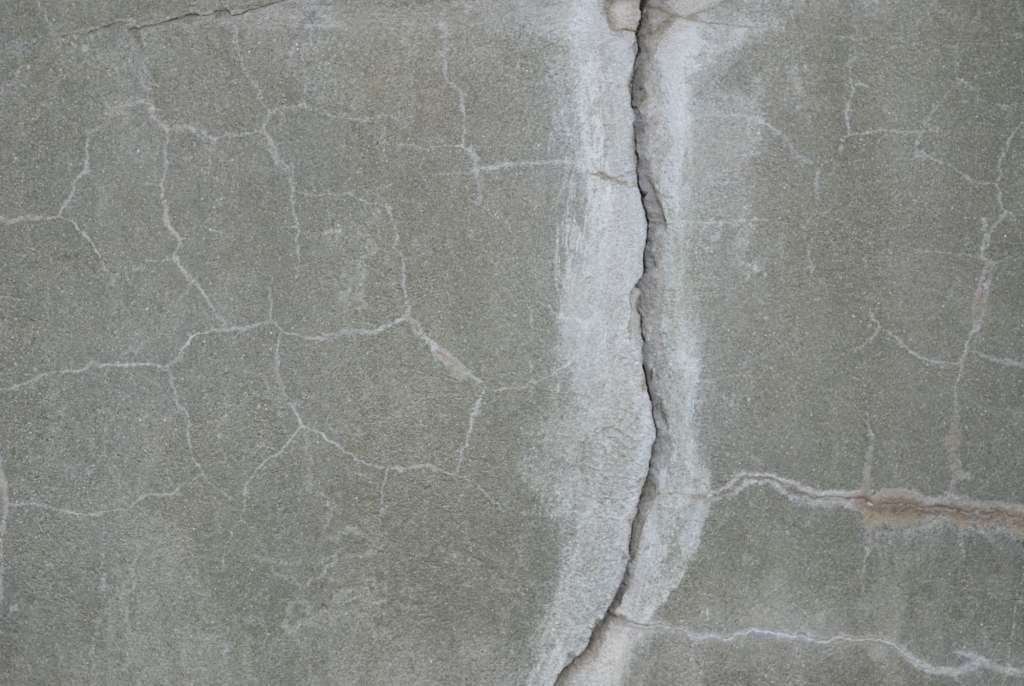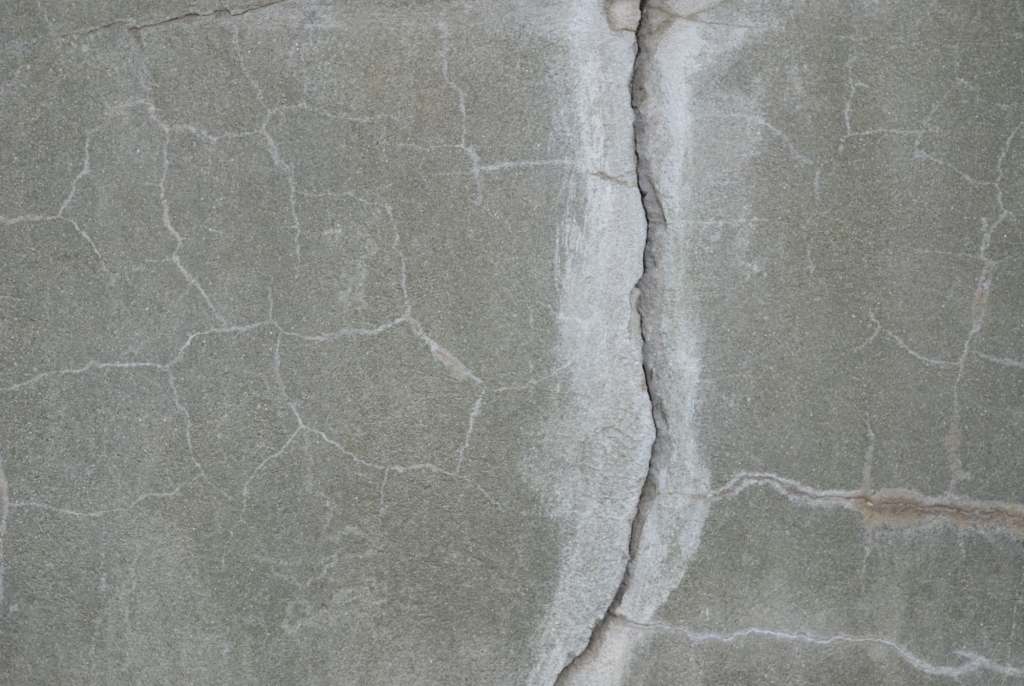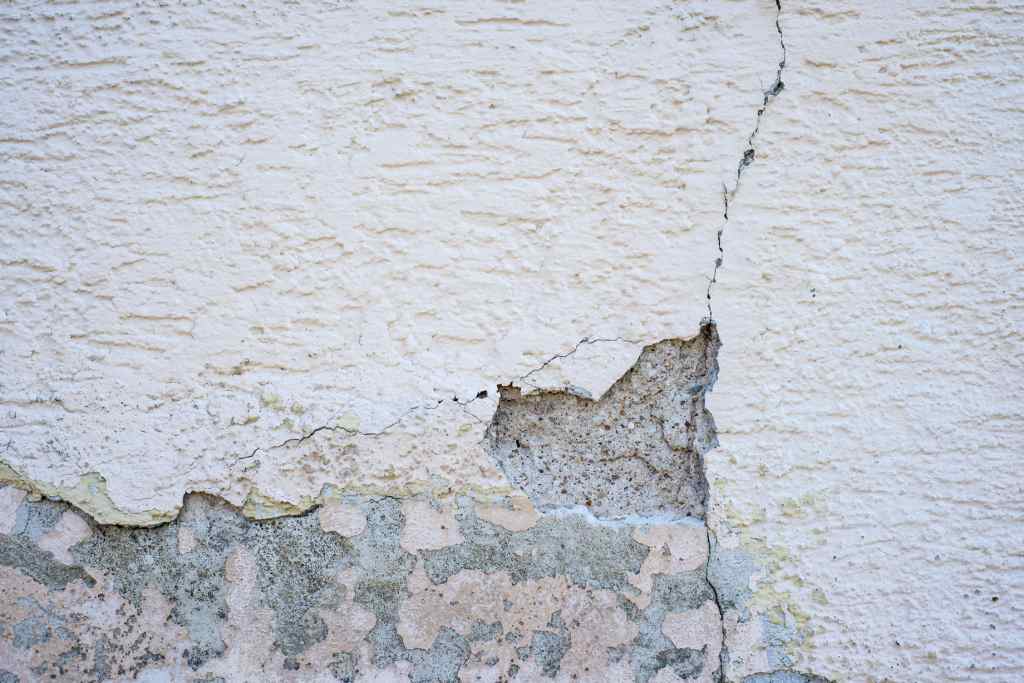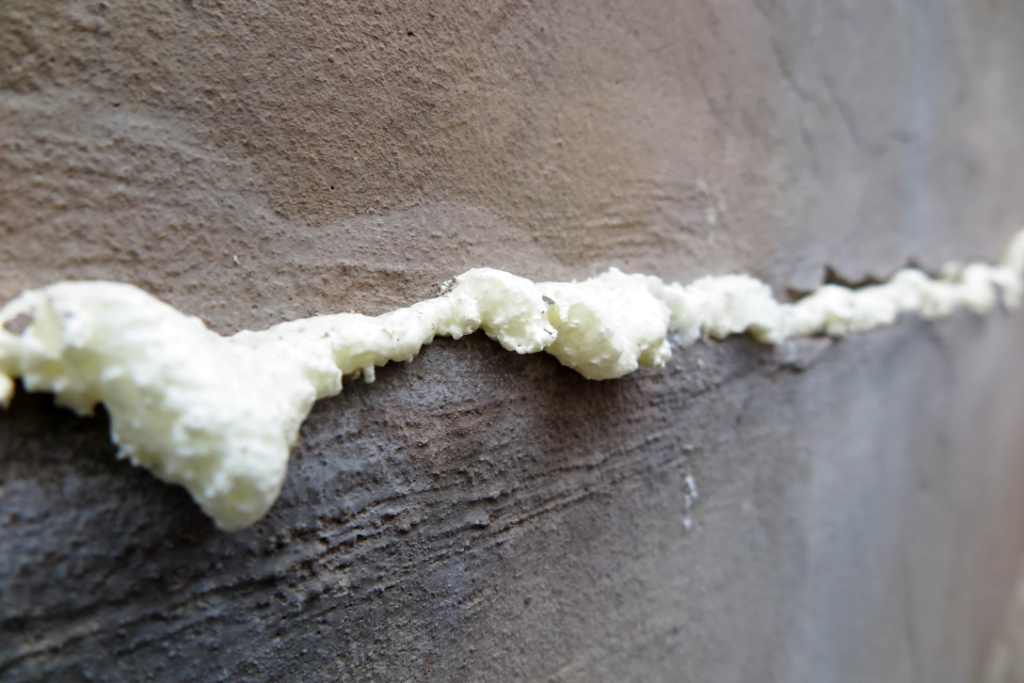
Concrete cracks in a house will definitely frighten anyone and will be a cause for worry. Normally concrete cracks should not appear in well-designed and well-built buildings, but some cracks are unavoidable in the house. Hence concrete cracks repairing becomes the challenging job for the homeowner.
Most of the Owner Panic when Cracked Concrete Appears in the House.
Is my House Falling Spart?
Does my House Need Foundation Repair?
Is the House Sinking or Will it Loose its Life and my Savings?
So many Questions arise and Perhaps no Answer.
Choosing the right repairing material and techniques for the repair of concrete cracks is a job like finding a pearl from the sea.
But don’t panic, here are some guidelines for selecting the right materials and right repairing techniques for the concrete cracks.

What is the Aim of Concrete Cracks Repairing?
The aim of concrete cracks repairing is to restore and increase the strength and stiffness of the cracked concrete components. It helps to improve functional performance of the structural member and prevent liquid/water penetration i.e. leakage. It helps to improve the appearance and durability of the concrete surface. The repairing of concrete cracks also helps to prevent the development of corrosion of reinforcement.
Which Materials are Right for the Repairing of Concrete Cracks?
Different type of materials like epoxies, urethanes, silicones, polysulphide, asphaltic and polymer mortars are used for filling the concrete cracks. Polymer mortars are also used for sealing wider cracks.
The fine cracks are repaired by low and very low viscous epoxy resins and other synthetic resins materials either by brush application or by injection grouting. The wide cracks on the vertical surface are also repaired by injection methods. The horizontal cracks on the surface of concrete can be repaired by the gravity or injection crack filling method.
In concrete cracks repairing methods, they are routed out, cleaned and flushed out before the sealant is placed, poured or injected.
How to Repair Dormant or Non-Structural Concrete Cracks?
Dormant concrete cracks are also known as non-structural cracks. In this repairing, the repair does not have to perform the structural role. They can be simply filled or repaired by enlarging the crack and filling and sealing it with suitable joint sealer. They generally have the width varying from 0.05 mm to 6 mm or more.
Sometimes non-structural concrete cracks can be repaired by cementitious grouts, polymer modified cementitious grouts and epoxy resin grouts.

Also Read: Separation Cracks between Masonry Wall & Door Frame Joint
Also Read: Separation Cracks in RCC & Masonry: Prevention & Cure
(a) Cementitious Grouts for the Concrete Cracks:
They are used for non-structural cracks having the width of 6mm and greater. It is a mixture or cement, mortar, admixture, water and with or without aggregates.
(b) Polymer Modified Cementitious Grouts for the Concrete Cracks:
They are used for non-structural cracks having the width of 6 mm or more. It is a mixture of the cement, sand water and polymer, styrene-butadiene and water based epoxy.
(c) Epoxy Resin Grouts for the Concrete Cracks:
It is the low viscosity synthetic resin and should be formulated to have a very thin consistency to penetrate the fine cracks by gravity alone.
How to Repair Active or Structural Cracks?
Structural cracks are the cracks, where repair have to perform the structural role as far as strength and stiffness are concerned. Structural cracks are treated with Epoxy resin grouts, cementitious injection grouts and polyurethane (PU) Injection, etc.
Also Read:
Types & Summary of Cracks in Reinforced Concrete Beams
Types & Summary of Cracks in Reinforced Concrete Column
(a) Epoxy Resin Grouts for the Concrete Cracks:
Structural cracks should be injected with epoxy resin grouts as the compressive strength and bond strength of epoxy resin is higher than the concrete. Viscosity and pressure are the most important parameters while injecting epoxy and they directly depend on the width of the cracks. The injection materials i.e. epoxy is a low viscous resin. Epoxy is also available as both moisture sensitive and moisture insensitive. The table below provides materials and methods for treating cracks.
Types of Cracks | Width of Cracks (mm) | Cracks Treatment | Surface Moisture Condition at the Time of Application |
| Hair cracks due to shrinkage and creep of concrete and not due to movement | < or = 0.2 | Applying very low viscosity epoxy resin by brush application on cracks. Penetration due to capillary action.
| Water is not present. |
| Hair cracks due to shrinkage and creep of concrete and not due to movement | < or = 0.2 | Painting with paints that are capable of bridging cracks by virtue of mineral fiber fillers.
| Water is Not always present. |
| Structural cracks in concrete and not due to movement | 0.2 to 1 | Injection grouting with very low viscosity resin with high pressure
| Water is not present. |
| Structural cracks in concrete and not due to movement | 1 to 2 | Injection grouting with low viscosity resin with high pressure
| Water is not present. |
| Structural cracks in concrete and not due to movement | 2 to 5 | Injection grouting with low viscosity resin with high pressure
| Water is not present. |
| Structural cracks in concrete | >5 | Grout or pour expanding high strength cementitious grouts.
| Dry or moist condition is required. |
| Structural cracks in concrete and not due to movement | >15 | Grout or pour expanding high strength cementitious grouts.
| Dry or moist condition is required. |
| Movement Cracks in concrete due to temperature | 0.2 to 1 | High-pressure injection with moisture compatible resin
| Dry or moist condition is required. |
| Movement Cracks in concrete due to vibration loading, unloading | 0.2 to 2 | Medium pressure injection with moisture compatible resin
| Dry or moist condition is required. |
Epoxy resins applications by brush or injection mainly depend on the size of the cracks and the site condition for application. They are injected for repair of 0.2 mm and smaller hairline cracks due to its unique property of low viscosity. For wider structural cracks injection can be applied by low-pressure injection hand pump or high-pressure injection pump depending on the nature of cracks. For wider cracks or where the injection is not possible, a medium to gel viscosity material may be suitable.
Application of Epoxy Injection Step by Step:
Step 1 – Surface Preparation
Step 2 – Fixing of nozzle with epoxy adhesive
Step 3 – Mixing of epoxy component
Step 4 – Injection of epoxy with hand injection pump or pressure injection pump
Step 5 –Cleaning of surface
(b) Cementitious Injection Grout for the Concrete Cracks:
It is ultra fine polymer stable cementitious grouts which densifies the concrete. It penetrates deep into micro-crack and fills all honeycombs inside the concrete. It is economical than epoxies or polyurethane (PU) injections.
(c) Polyurethane (PU) Injection for the Concrete Cracks:
It is a polyurethane grout which is used to treat the crack having a width of 0.10 mm and more. It is used in damp/leakage condition or when the crack is active. Polyurethane grout material forms the foam after application and tolerates some change in crack width. It is more suitable for water retaining structures.

However, the epoxy is the best suitable material for injection into structural cracks. For honeycombs, the cementitious grouts will more suitable and economical. The active concrete cracks need to be treated with polyurethane sealant. Similarly, it is also advisable to treat the water retaining structures or cracks in damp locations with polyurethane injection grouting.
Also Read:
Why Modern Buildings are More Prone to Crack Compare to Old Buildings
Classification of Crack & Appearance of Cracks at Various Age































